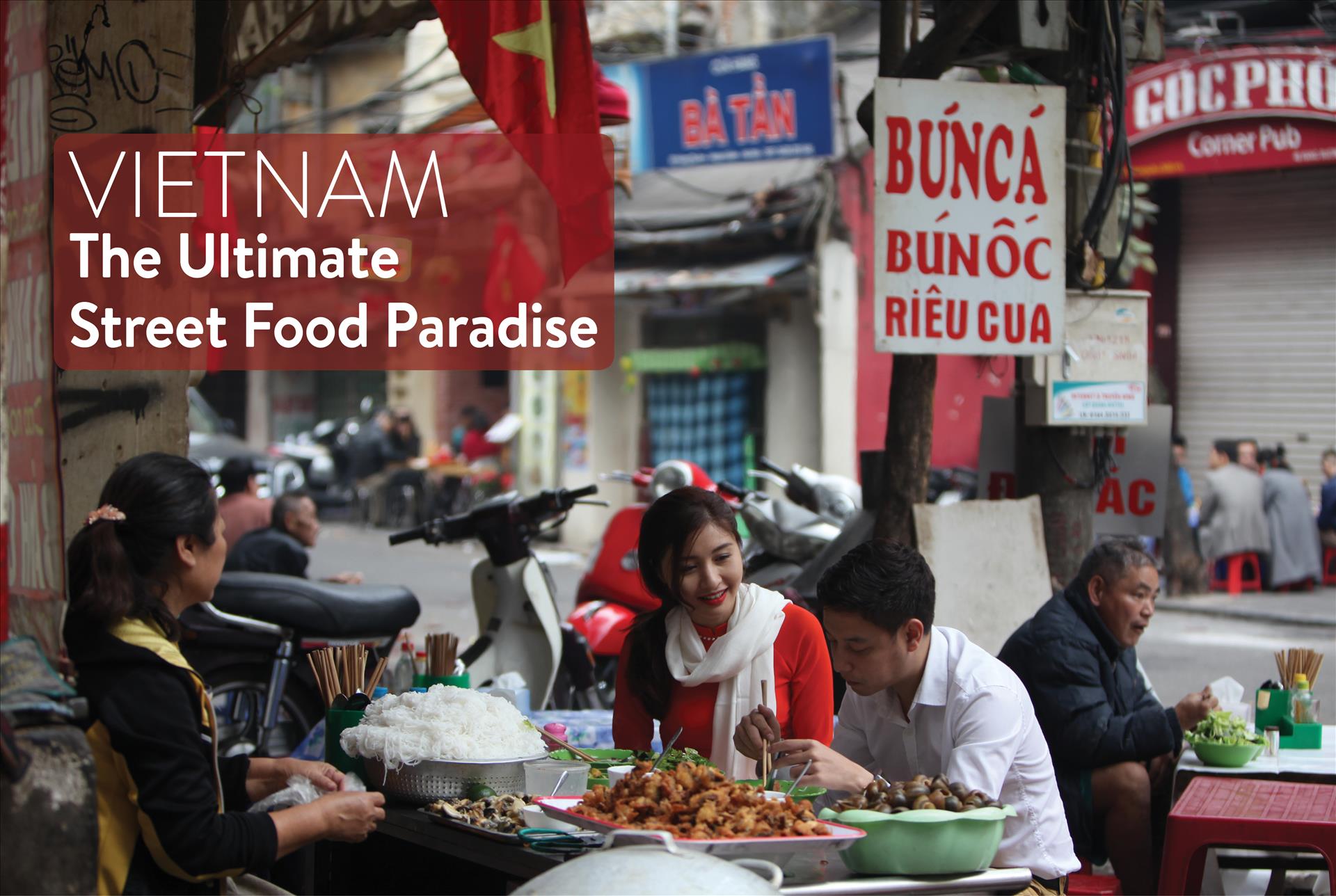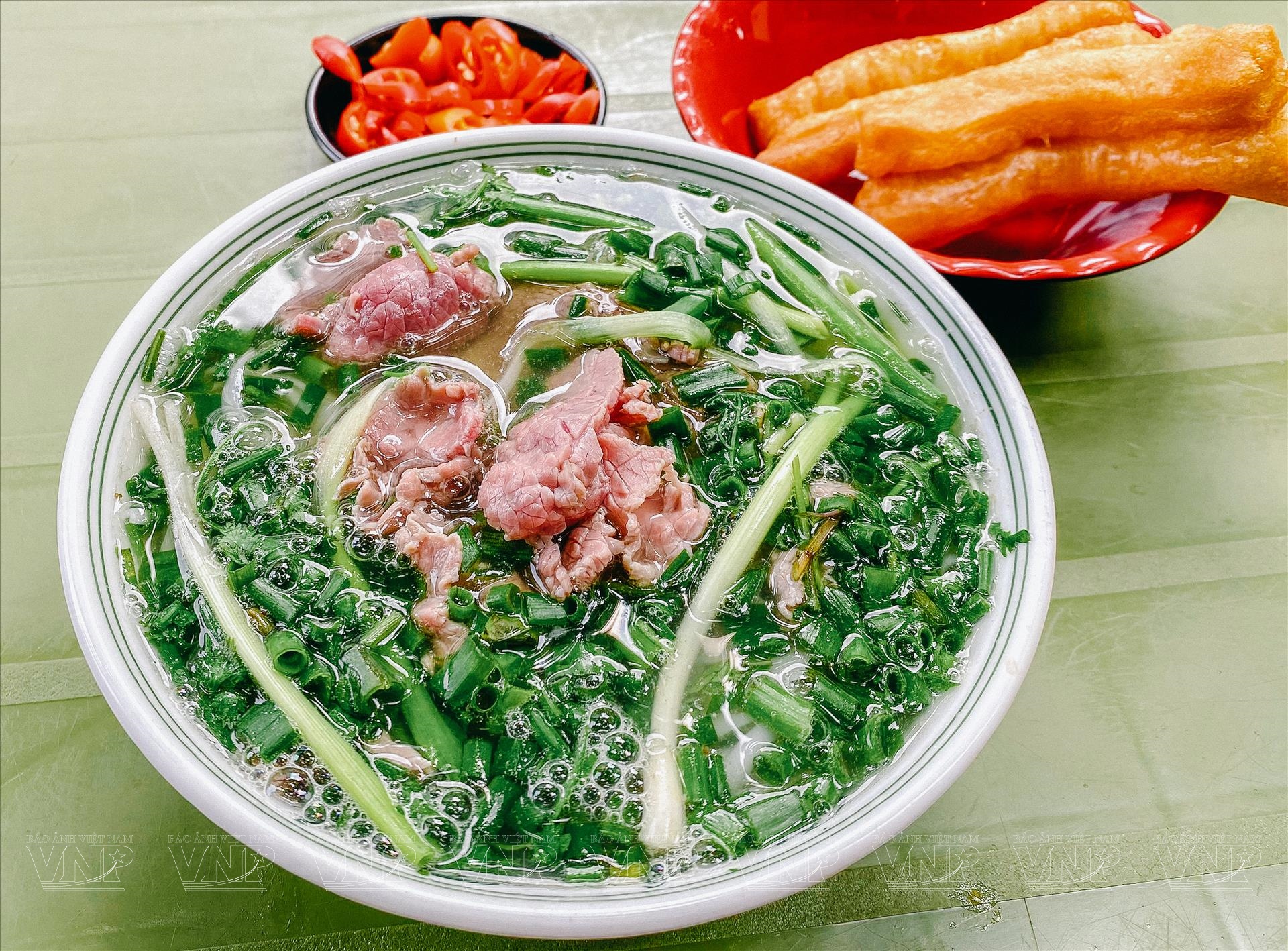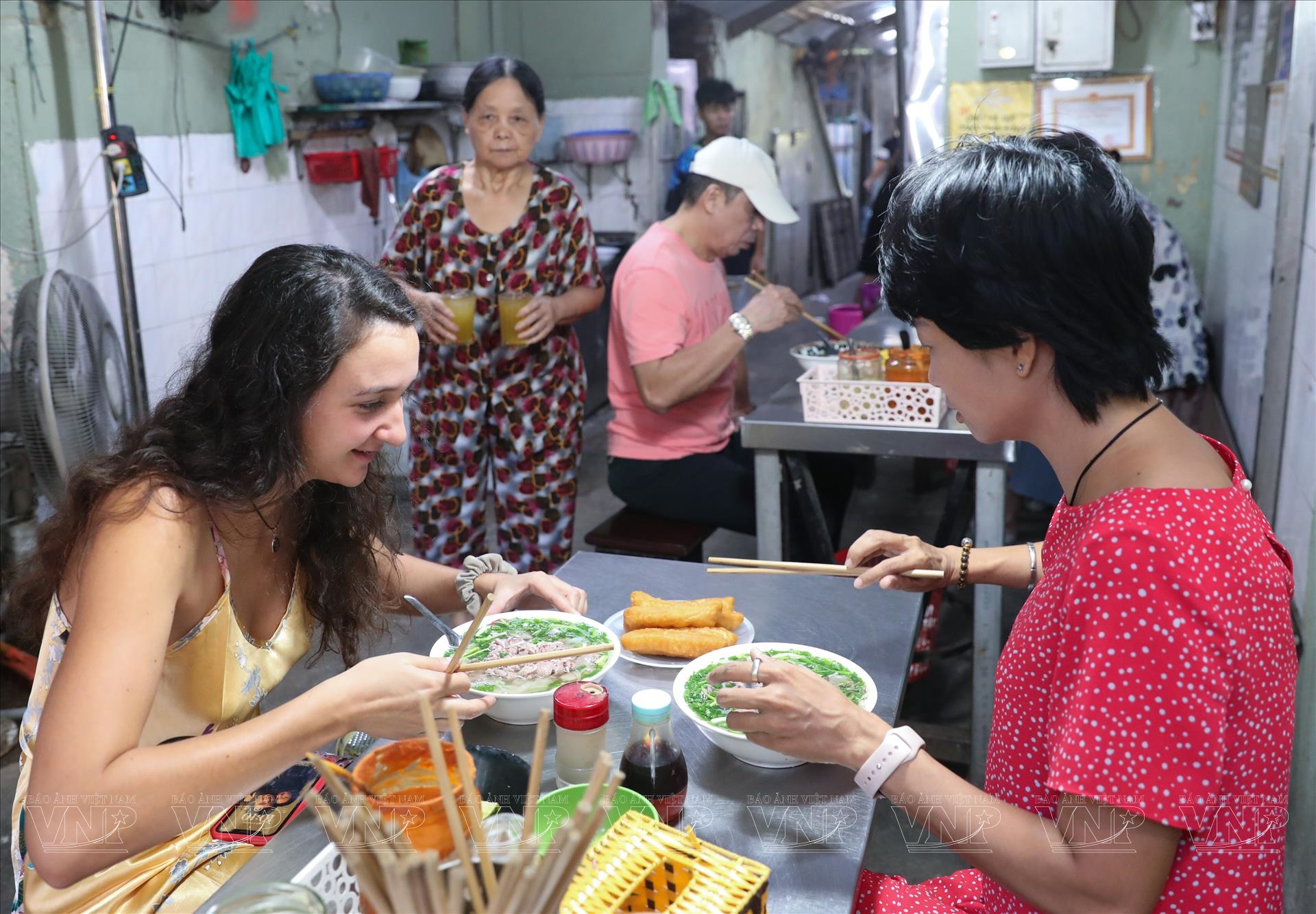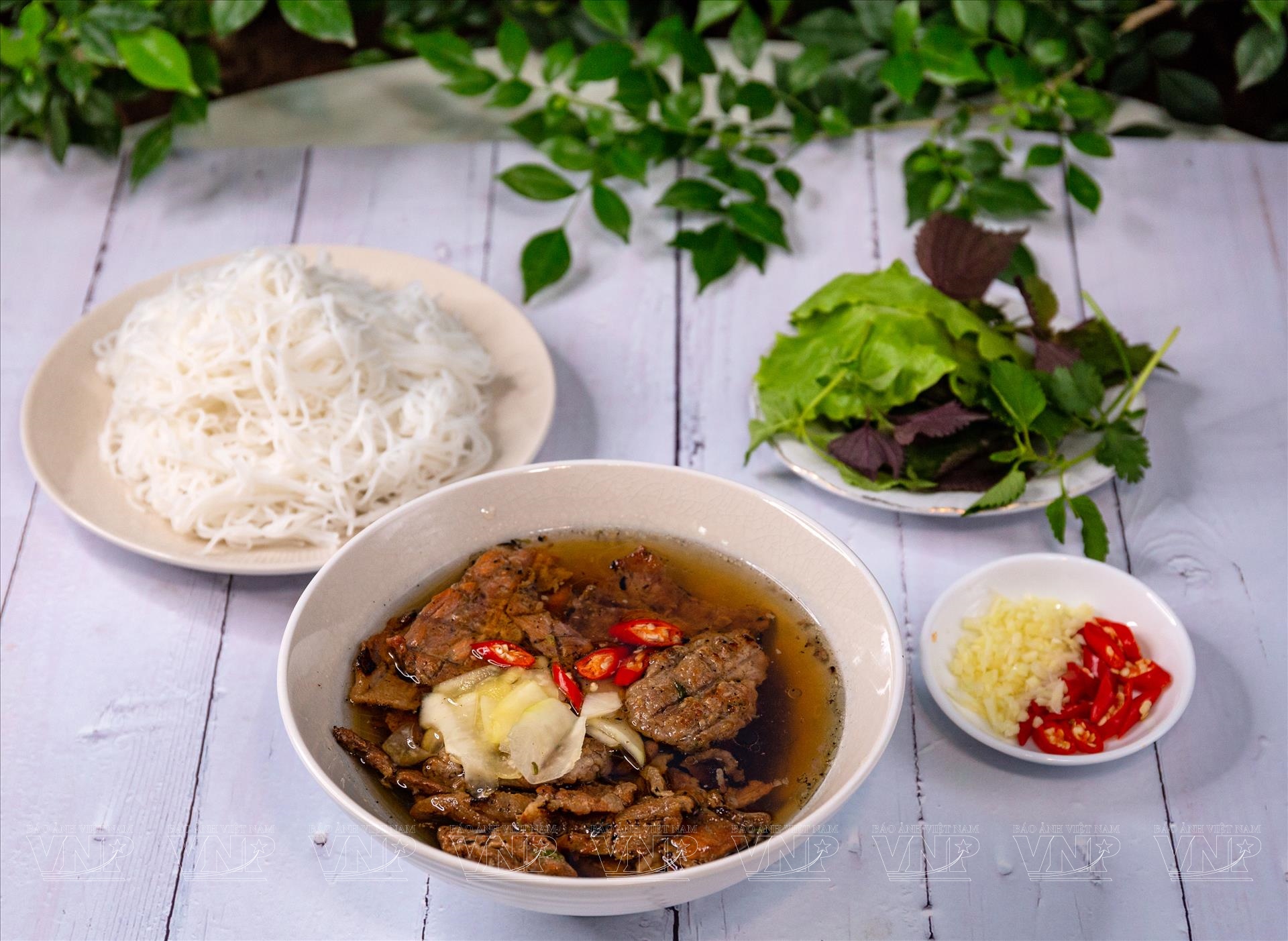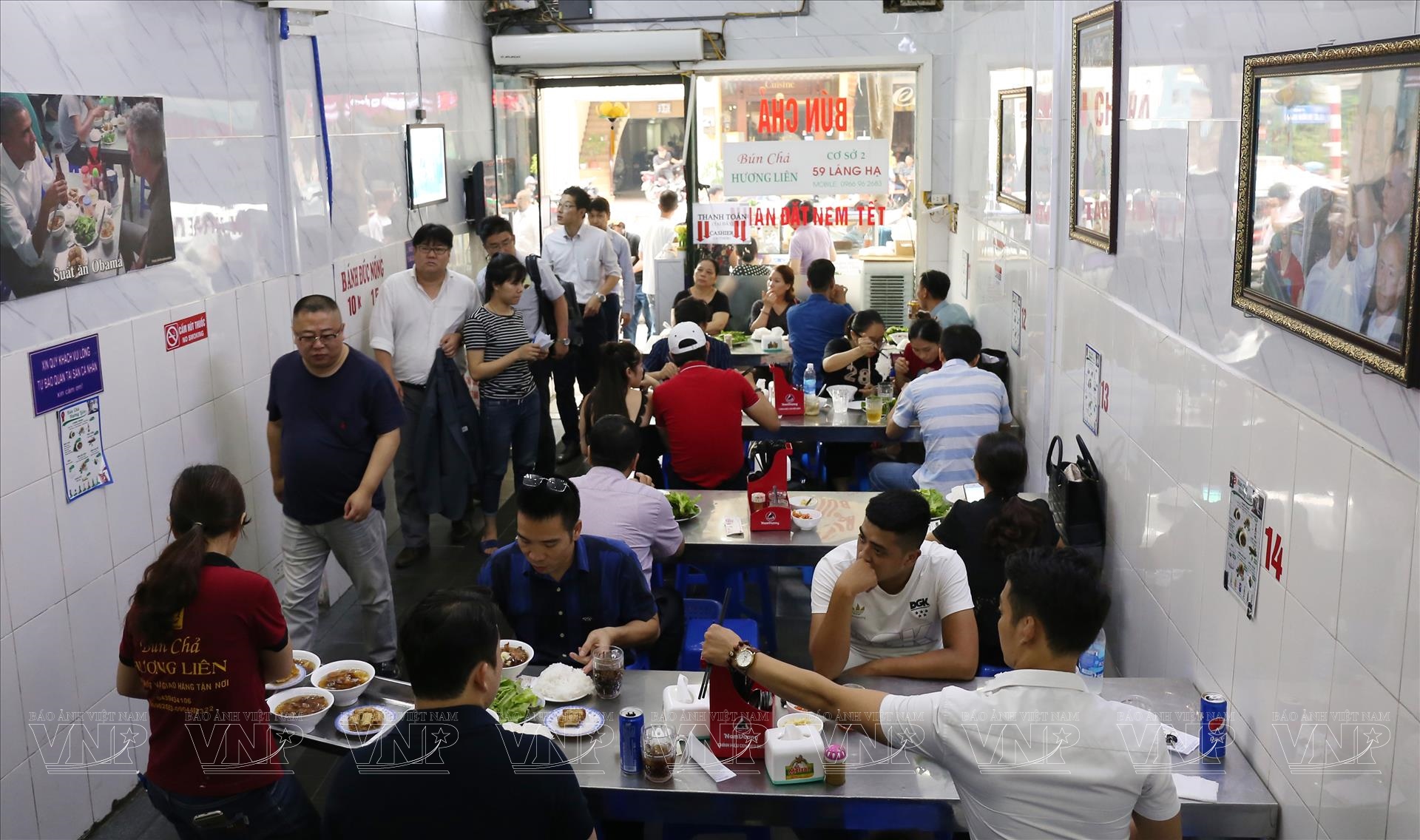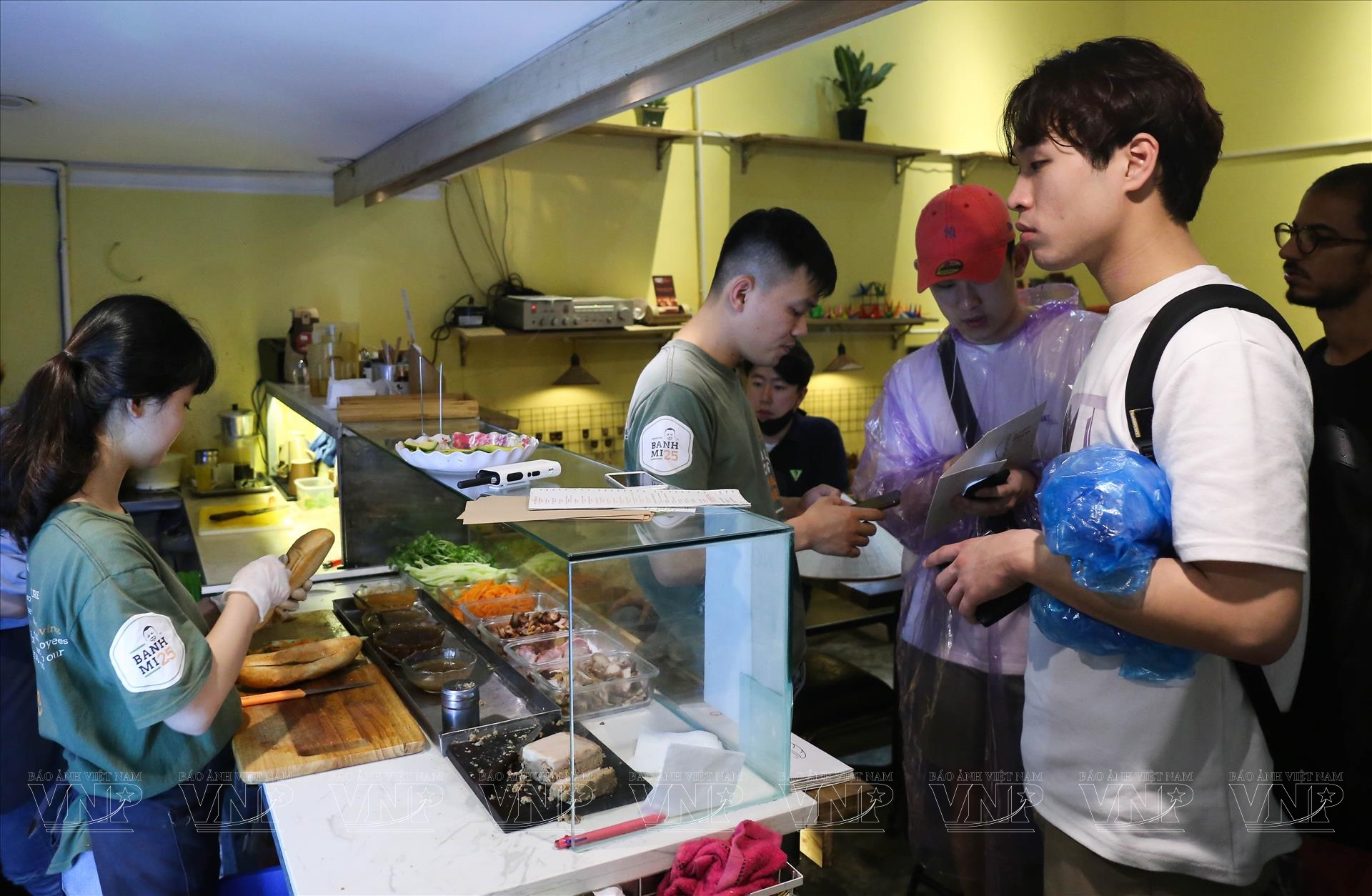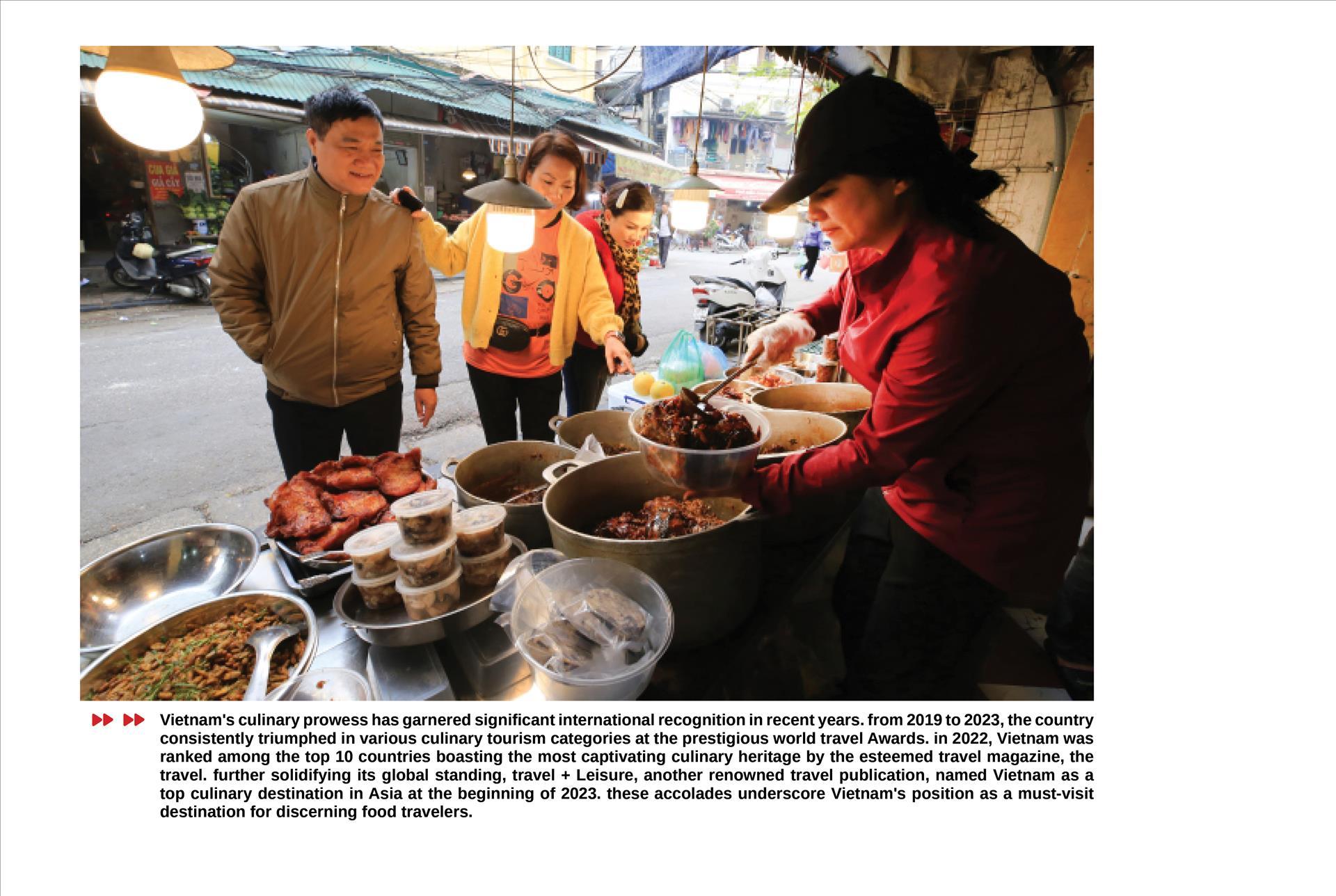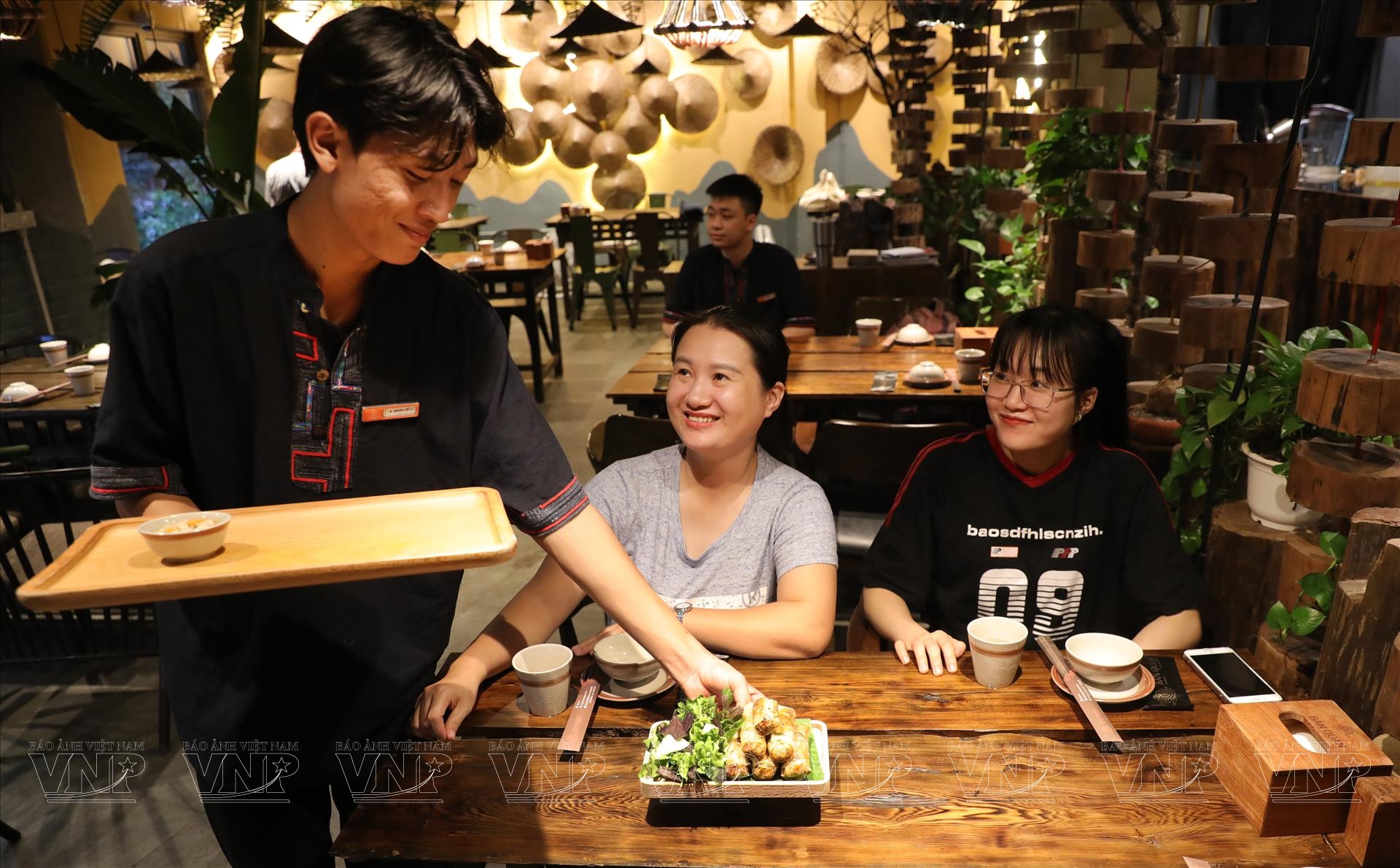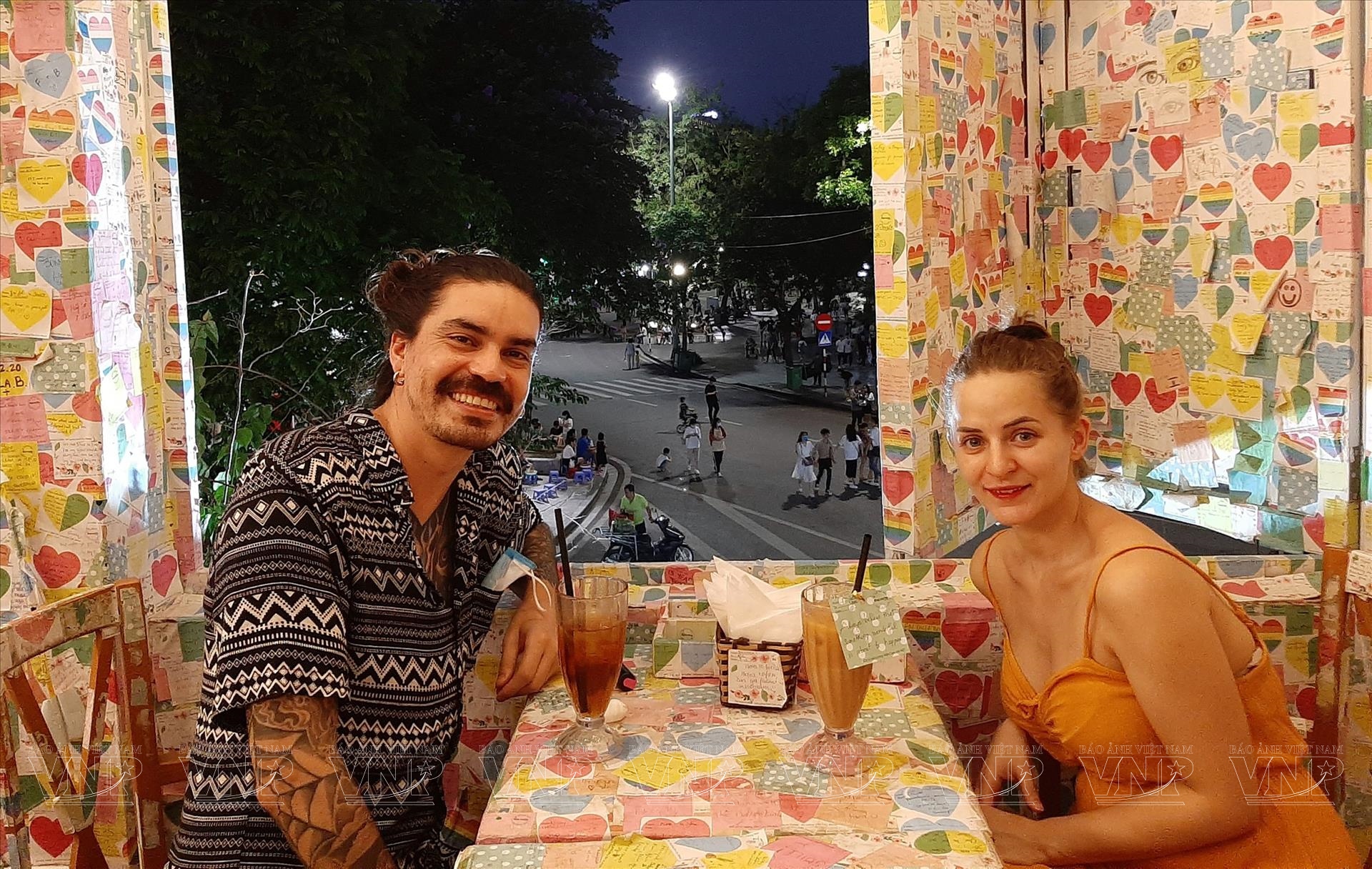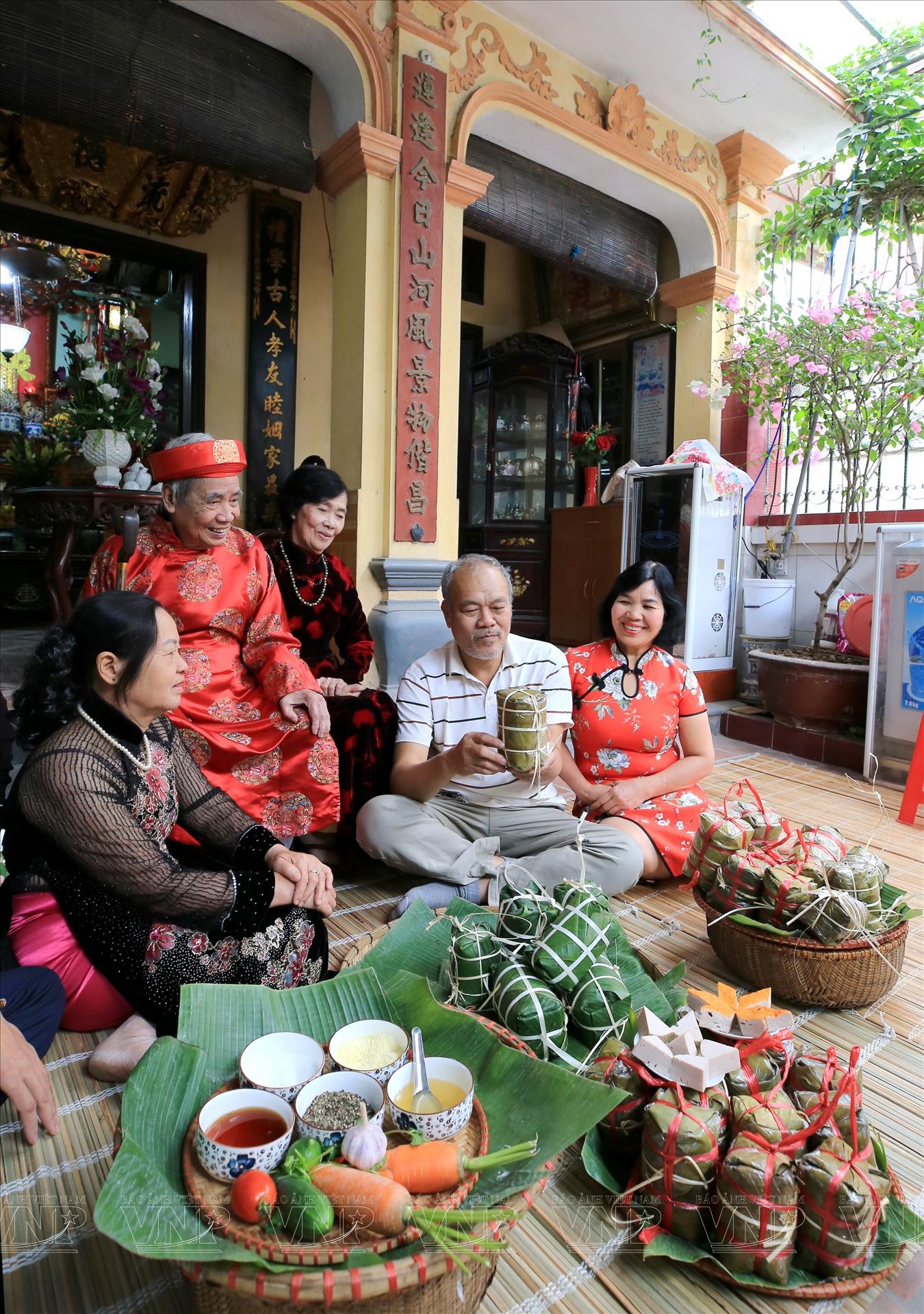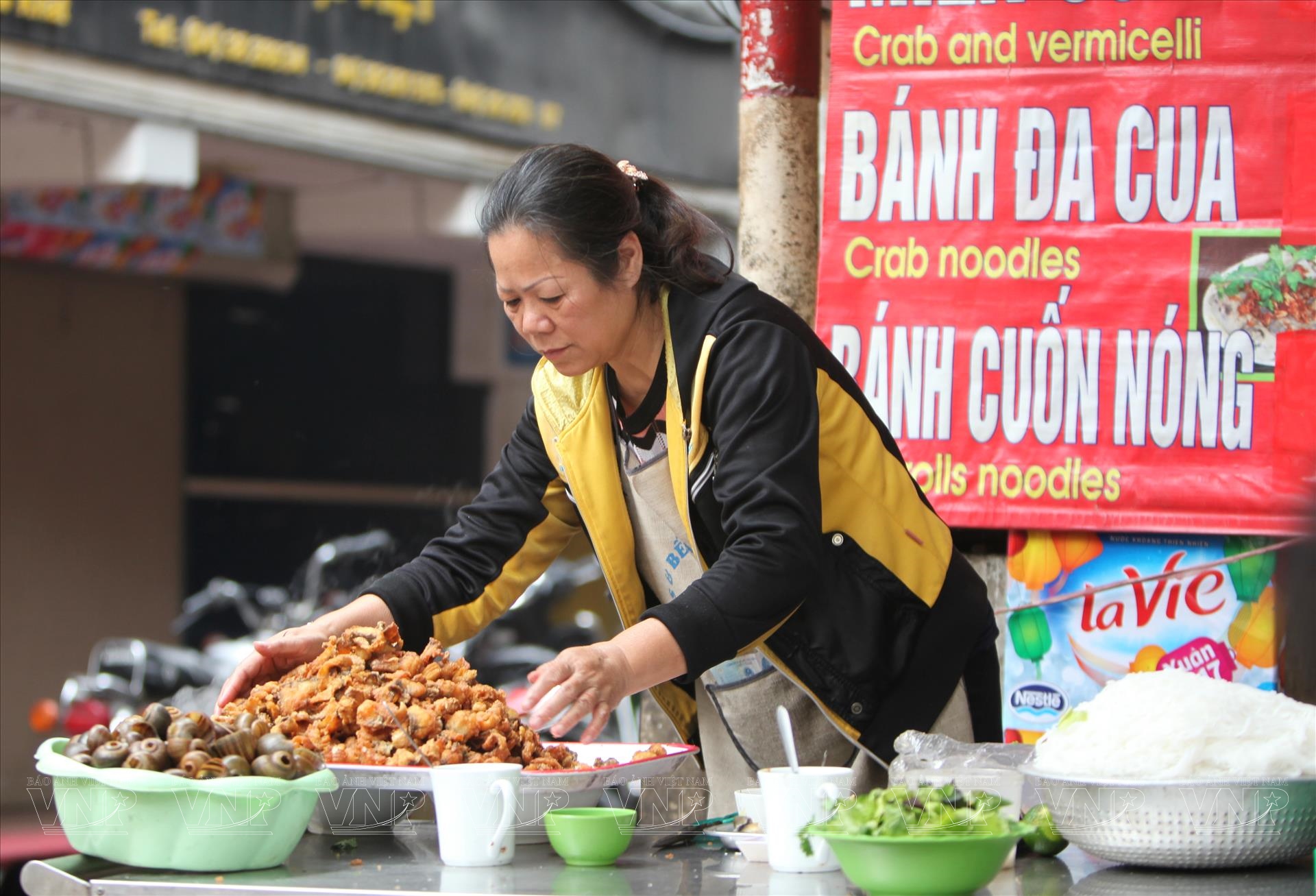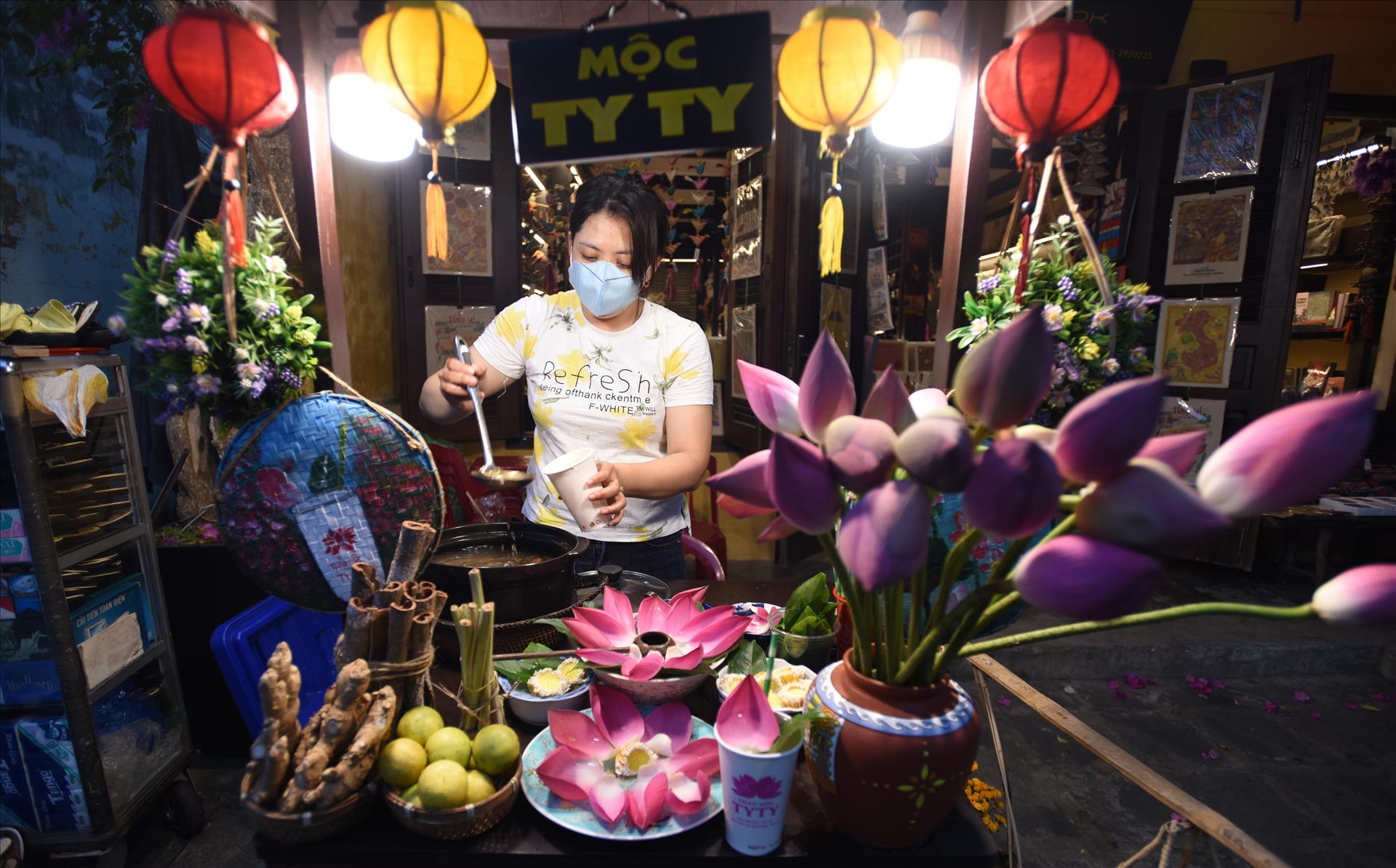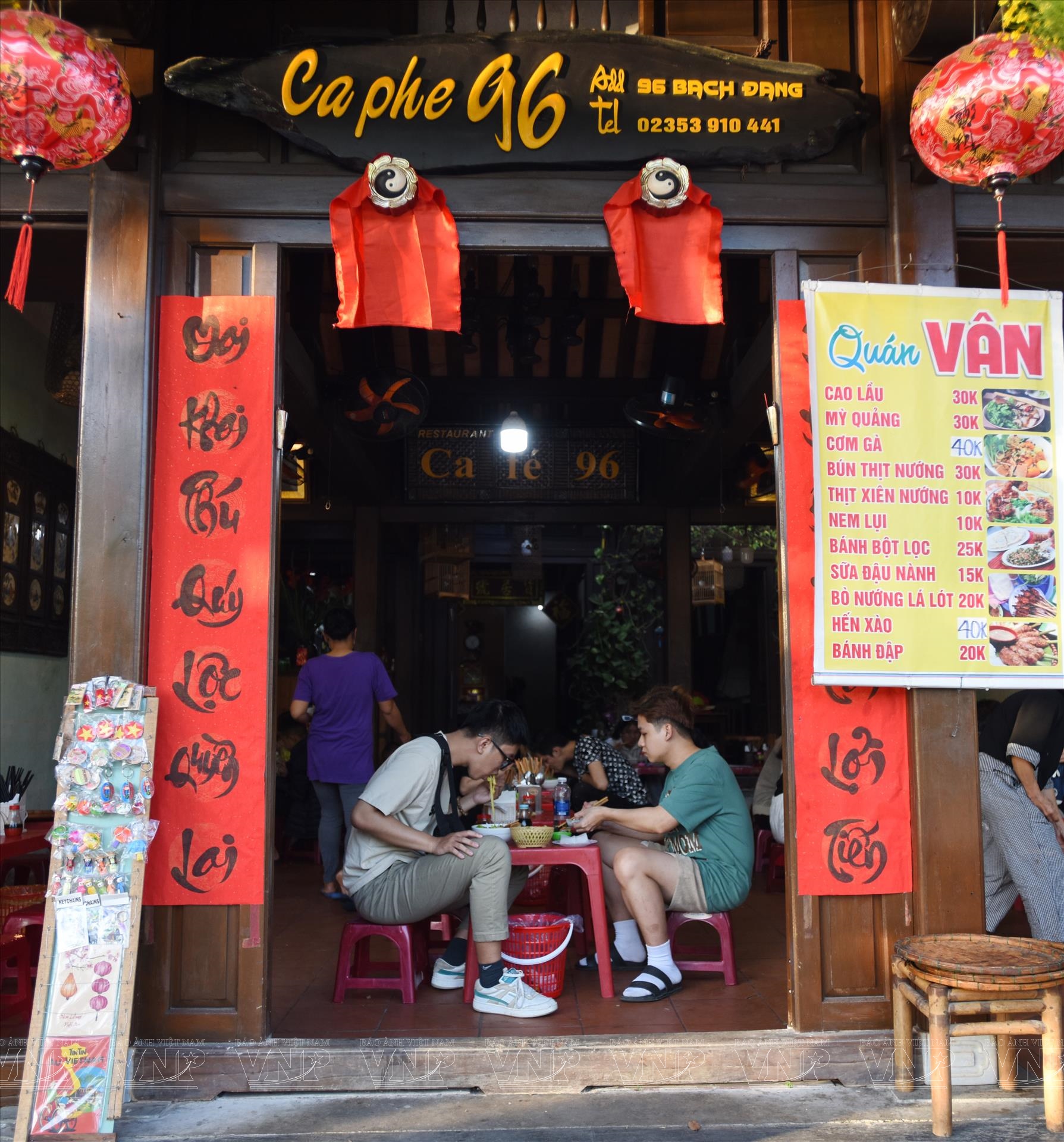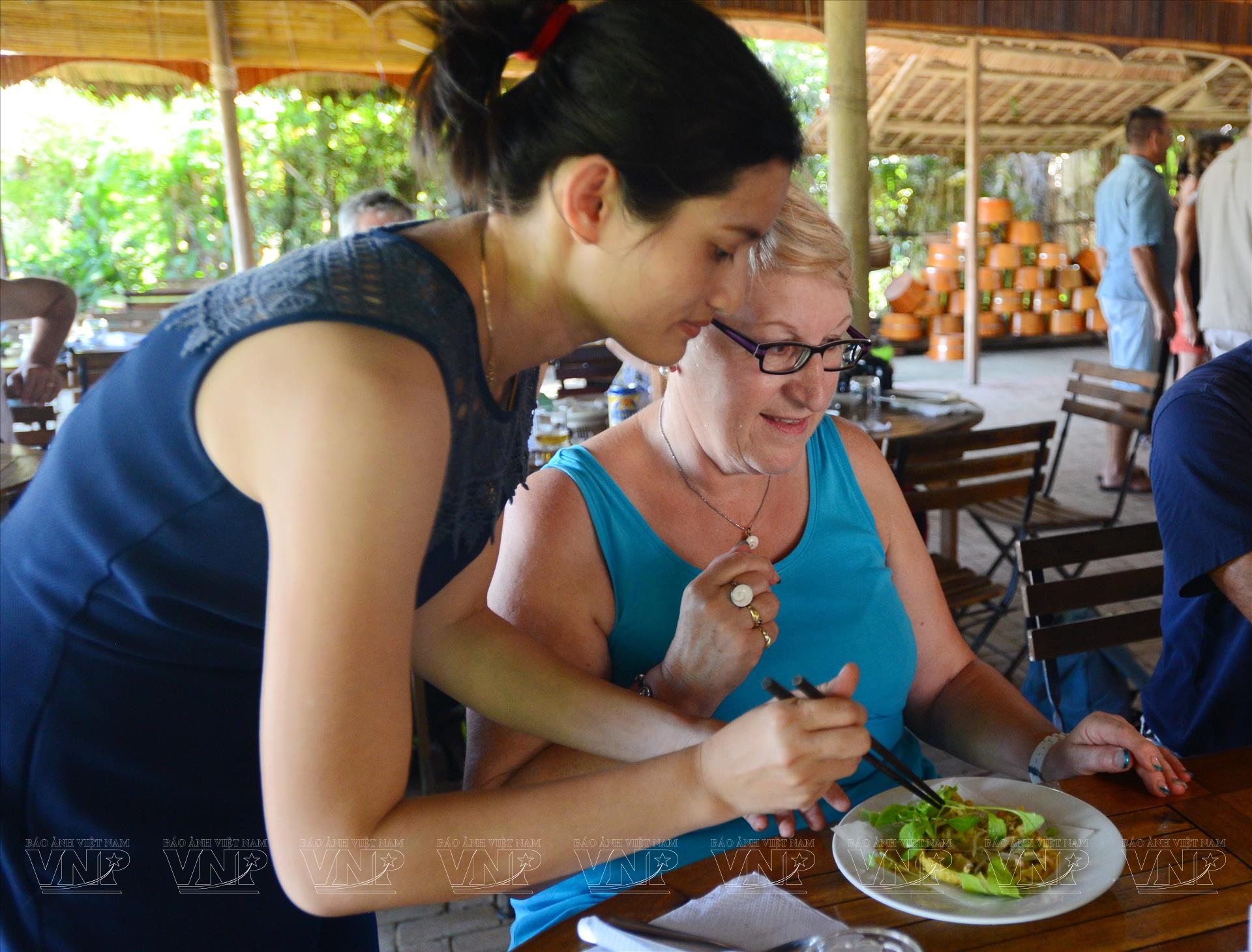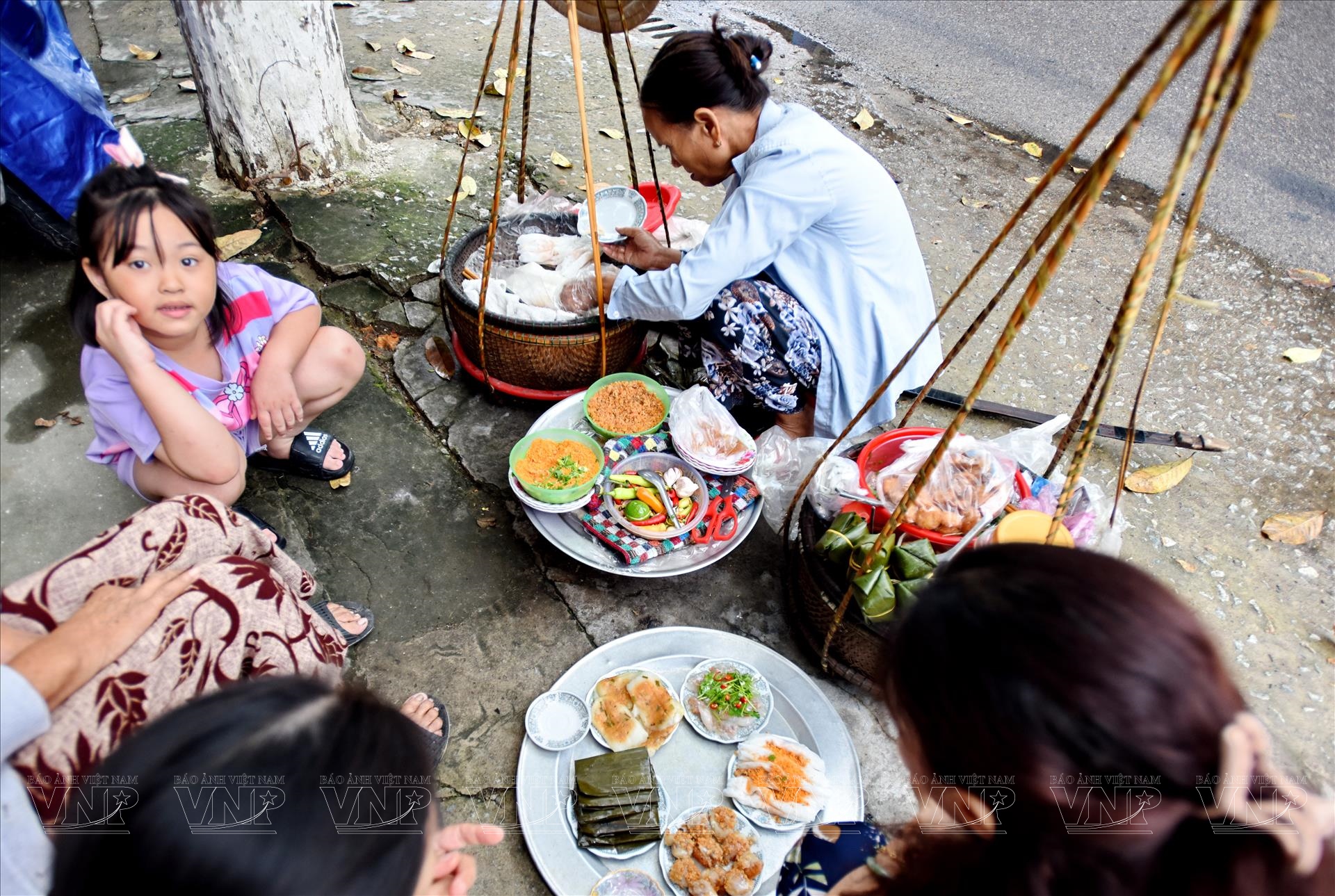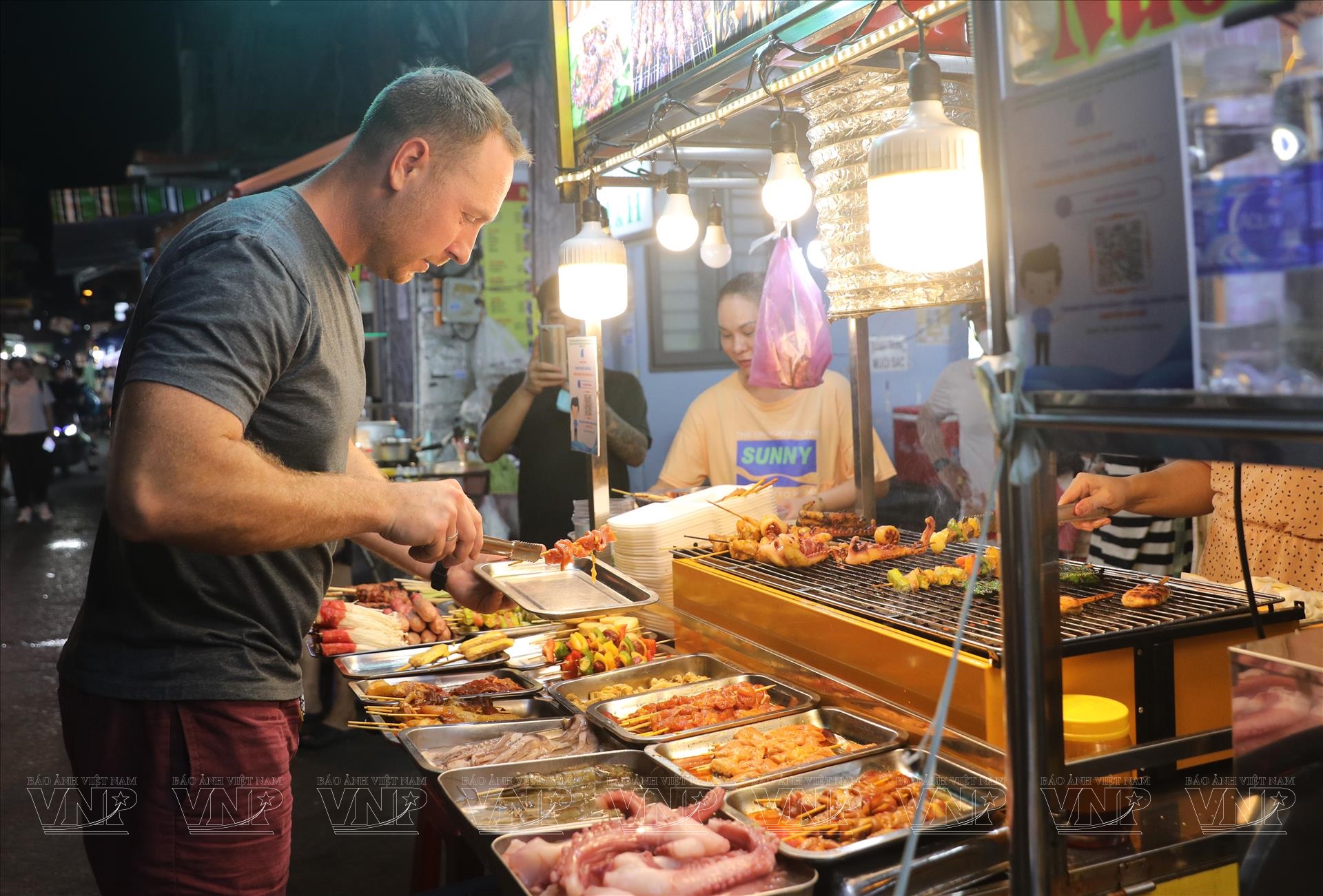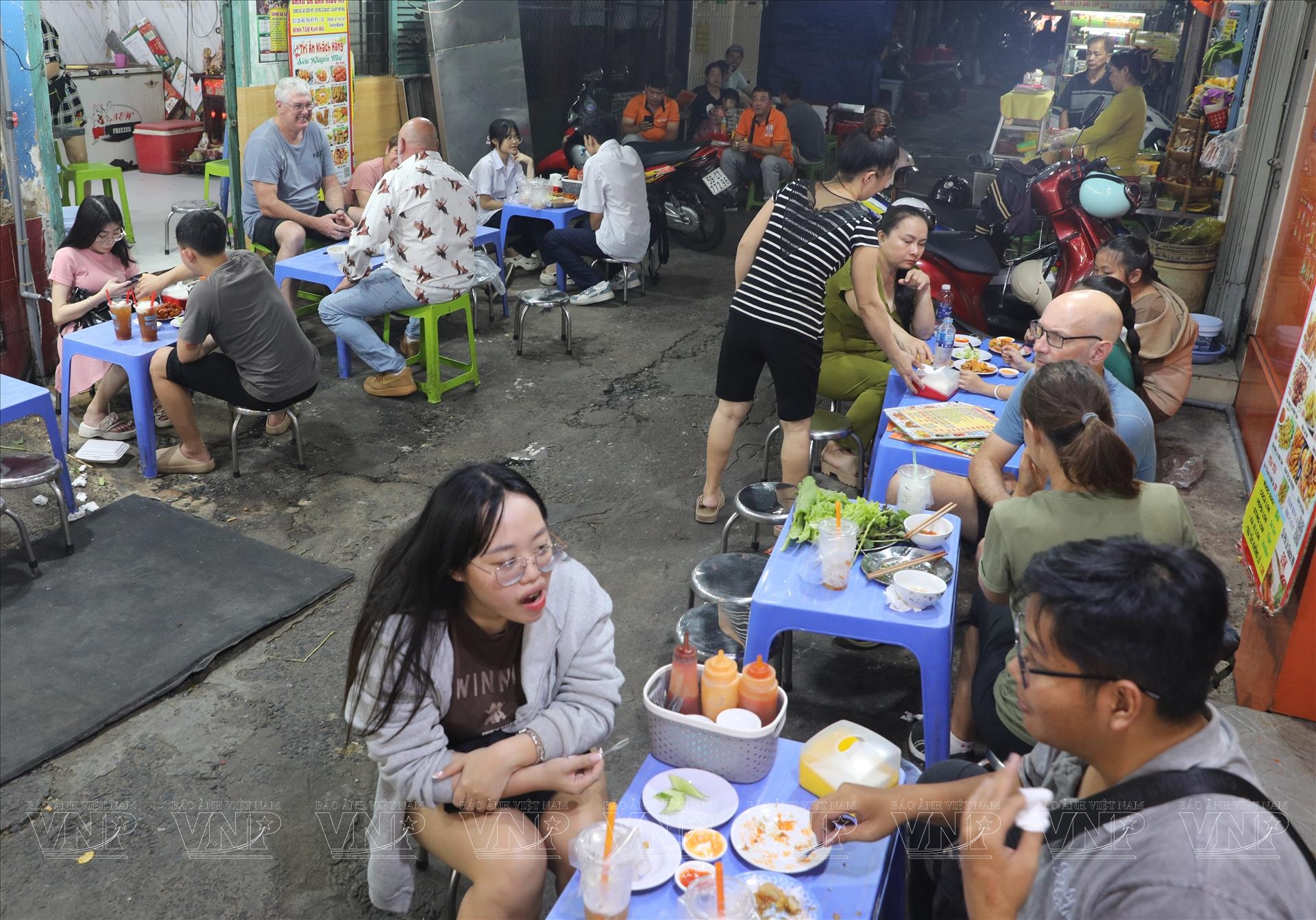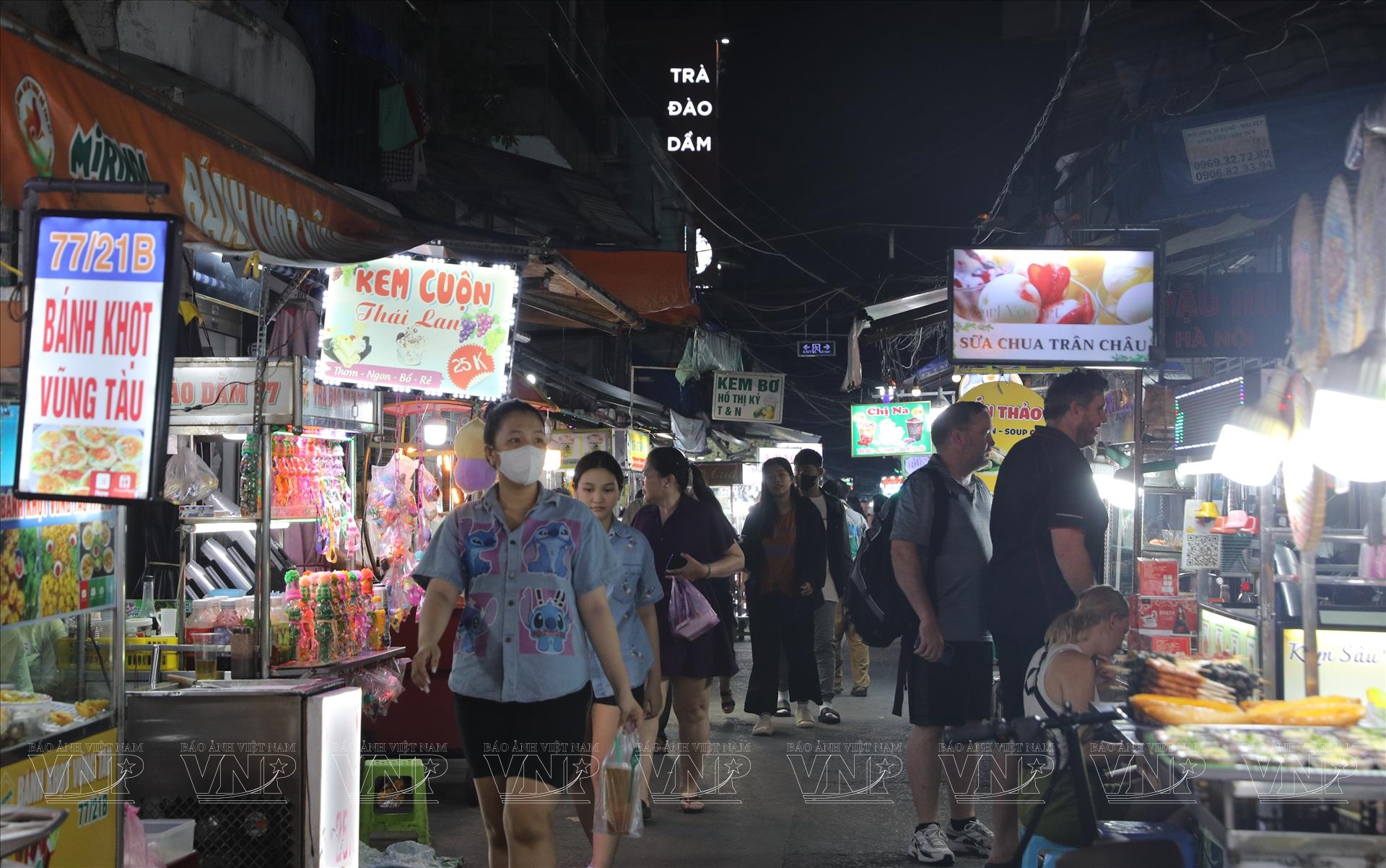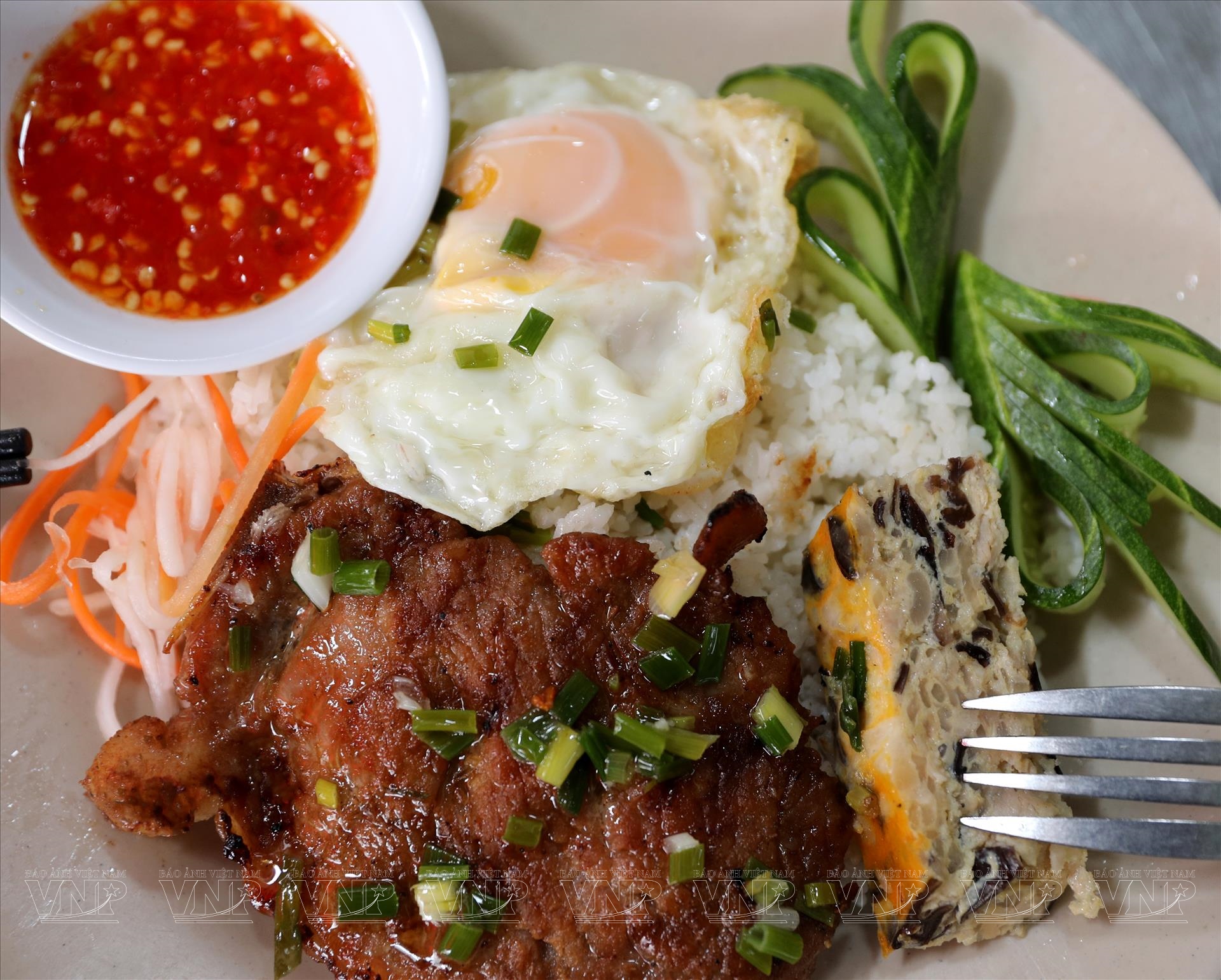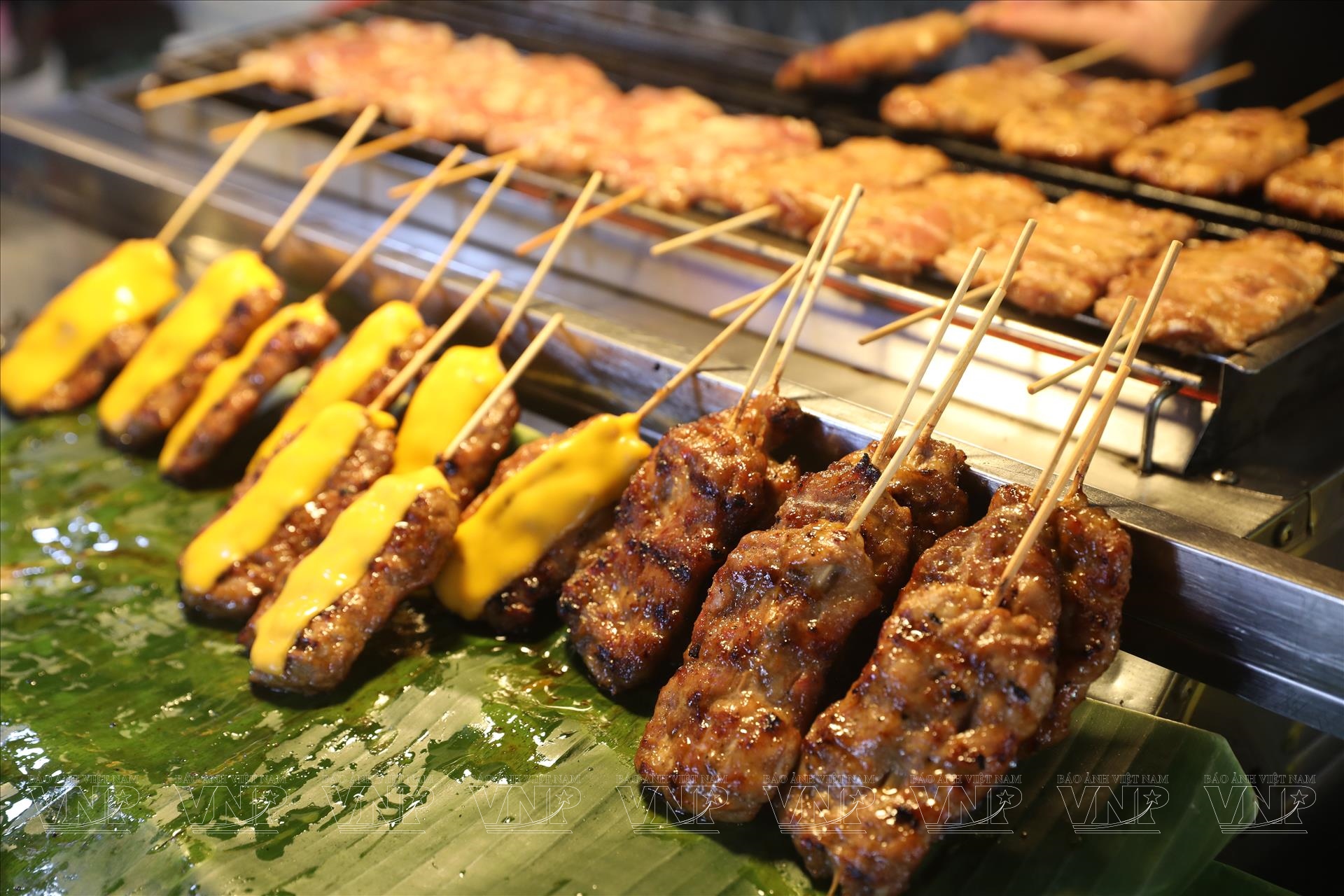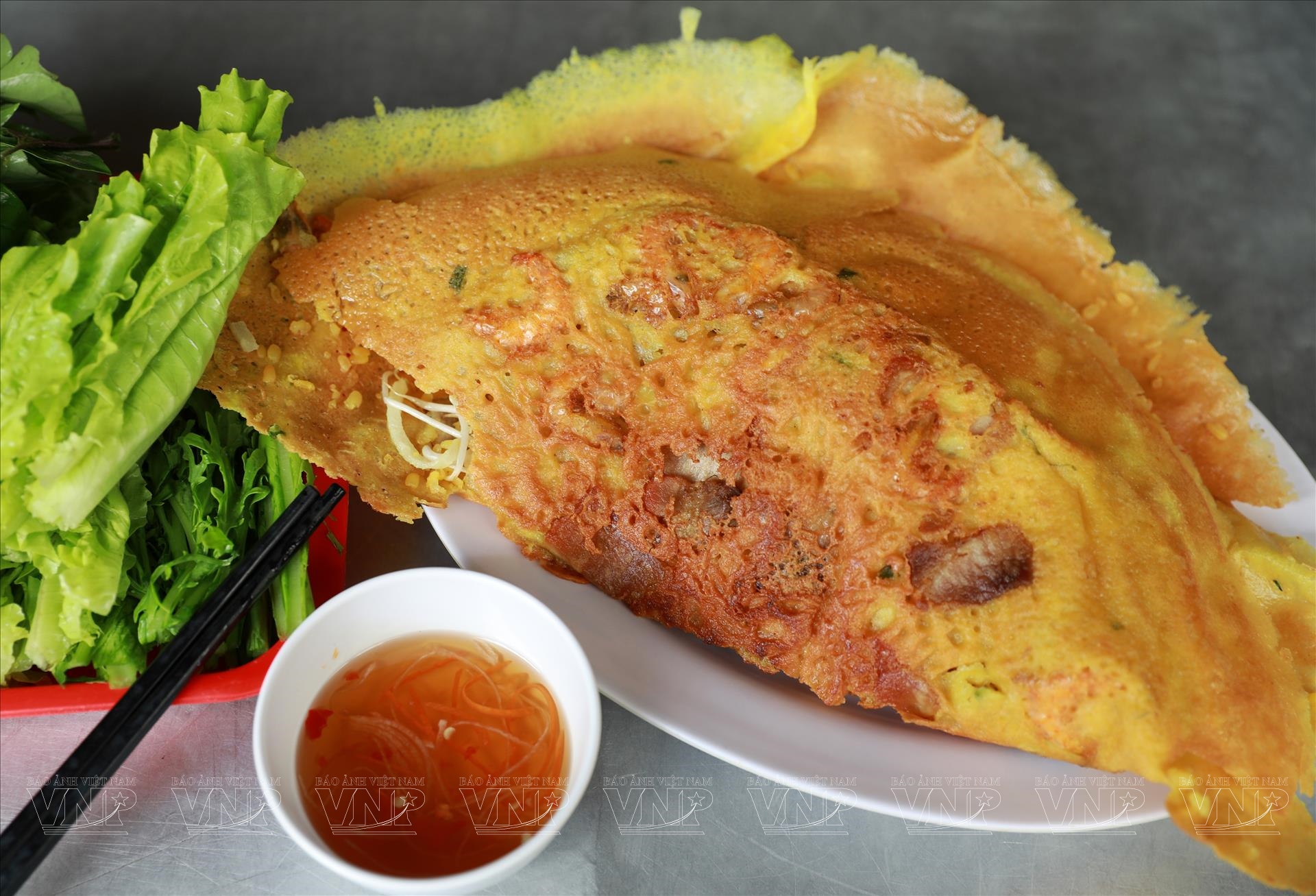Vietnam - The Ultimate Street Food Paradise
Vietnamese street food enjoys global acclaim for its affordability, warm ambiance, and, above all, its vibrant and sophisticated flavors. Featuring a dazzling array of ingredients, tastes, and presentations, it has garnered praise from a diverse range of figures, including former Us President Barack Obama, former Australian Prime Minister Malcolm Turnbull, Canadian Prime Minister Justin Trudeau, and acclaimed chefs like Gordon Ramsay, Jamie Oliver, and the late Anthony Bourdain.

"In addition to Pho, Bun cha (grilled pork with rice noodles) and Nem ran (fried spring rolls) are two other quintessential dishes that characterize Hanoi's culinary identity. These dishes achieved international prominence when former US President Barack Obama and the acclaimed chef Anthony Bourdain dined together at a modest Hanoi eatery during their visit.
Bun cha is a versatile dish that can be savored at any time of day. It's readily found in the alleyways and on the street corners throughout Hanoi. The allure of Bun cha lies in its irresistible flavors. The grilled pork patties, marinated to perfection and cooked over an open flame, are served with a harmonious blend of sweet and sour dipping sauce. This delightful combination is further enhanced by the addition of crisp, refreshing papaya and carrot slices.
Hanoi's street food is more than just a culinary experience; it's a cultural immersion. It offers visitors a unique window into the city's rich traditions, character, and the very soul of Hanoians in particular and Vietnamese people in general. For many travelers, delving into the vibrant street food scene is one of the most rewarding ways to connect with the life and spirit of this thousand year-old capital, providing a rapid and enjoyable means of understanding its essence.

According to researchers, out of the approximately 1,700 dishes within Vietnam's culinary repertoire, over 1,300 are believed to have originated in Hue. Deeply rooted in traditional folk cuisine, Hue street food is renowned for its bold flavors, vibrant colors, and often spicy character. Despite its humble origins, the dishes from Hue bear the unmistakable influence of royal cuisine, resulting in an exquisite level of preparation and presentation.
Some of Hue's most celebrated dishes include Bun bo Hue (spicy beef noodle soup), Com hen (rice with baby clams), Nem lui (grilled pork skewers), Bun mam nem (fermented shrimp noodle soup), Bun thit nuong (grilled pork vermicelli), Banh canh (thick noodle soup), various types of Che (sweet soups), Banh beo (steamed rice cakes), Banh loc (tapioca dumplings), and Banh nam (steamed rice cakes).
When discussing Hue street food, one cannot overlook Bun bo Hue, a celebrated dish renowned for its deeply flavorful broth. Simmered with pork and beef bones, the broth boasts a captivating aroma, infused with the fragrant lemongrass, the pungent tang of fermented shrimp paste, and a vibrant kick of chili. Tender slices of beef and savory pork knuckles are generously served alongside a vibrant array of fresh herbs, crisp lettuce, crunchy bean sprouts, delicate banana flower, and other aromatic greens, creating a truly invigorating and visually appealing culinary experience.
In 2023, Hue was ranked 28th in the 100 Best Food Cities in the World by Taste Atlas, a global culinary platform, with street food favorites such as Bun bo Hue, Banh loc, Com hen, Nem lui, Che, and Banh nam highlighted among the top dishes.
In addition to Hue, other central Vietnamese cities like Da Nang, Quang Nam, Quang Ngai, Binh Dinh, and Khanh Hoa also boast a rich and diverse street food culture, with popular dishes like mi Quang (Quang noodles), Cao lau (noodles with pork), Bun ca (fish with noodles), Banh mi, Banh xeo (Vietnamese pancakes), Com ga (chicken with rice), and Banh hoi (rice vermicelli).

Take Com tam, for instance. Initially a humble dish born from the necessity of utilizing broken rice grains, it quickly gained popularity. People discovered that these smaller grains were not only convenient to eat but also served as a versatile canvas for a myriad of accompaniments. Over time, Com tam transcended its humble origins, evolving into a beloved and ubiquitous dish, reflecting the pragmatic spirit and resourcefulness of southern Vietnamese cuisine.
Today, Com tam utilizes high-quality broken rice, a far cry from its humble origins as a dish made from leftover grains. It is typically served with a delectable array of accompaniments, including succulent grilled pork ribs, shredded pigskin, savory scrambled or fried eggs, tangy pickled vegetables, and a rich, savory dipping sauce.
The presentation of Com tam is as iconic as its flavors. The sight of a smoky grill laden with sizzling pork ribs, alongside a steaming bowl of soup and a fragrant plate of Com tam is a quintessential image of Vietnamese street food culture, evoking a sense of both culinary delight and cultural vibrancy Com tam has evolved from its humble beginnings as a street food into a cherished specialty served in a variety of settings, from casual eateries to upscale restaurants and hotels, catering to diverse palates. Famous Com tam eateries in Ho Chi Minh City, like Com Tam Phuc Loc Tho, Com Tam Suon Ba Cuong, Com Tam Moc, Com Tam Cali (all in District 1), Com Tam Nguyen Van Cu (District 5), Com Tam 3 Ghien (District 3) have become popular food destinations for both locals and tourists.
In addition to Com tam, another famous dish in Ho Chi Minh City is Banh xeo (Vietnamese pancakes). The preparation of Banh xeo is relatively simple. A thin rice flour batter is poured onto a hot pan, sizzling and crisping into a goldenbrown shell. This delectable canvas is then generously filled with a savory medley of bean sprouts, pork, shrimp, and other delectable ingredients. The result is a symphony of textures and flavors - the crispiness of the pancake, the tenderness of the fillings, and the vibrant burst of fresh herbs. The hot, crispy pancakes are served with fresh herbs and tangy fish sauces dip, offering a deliciously rich and crispy bite.
Story: Ngan Ha , Thanh Hoa, Thong Thien & Son Nghia/VNP
Photos: VNP Translated by Nguyen Tuoi
